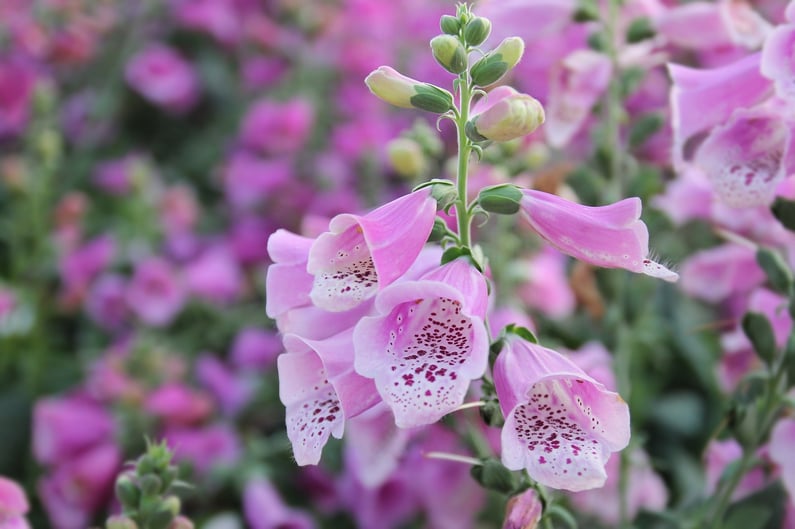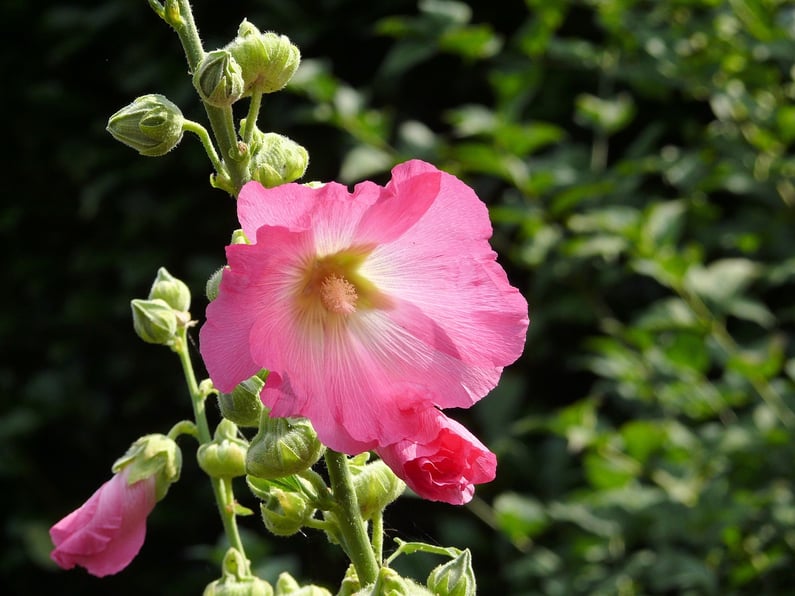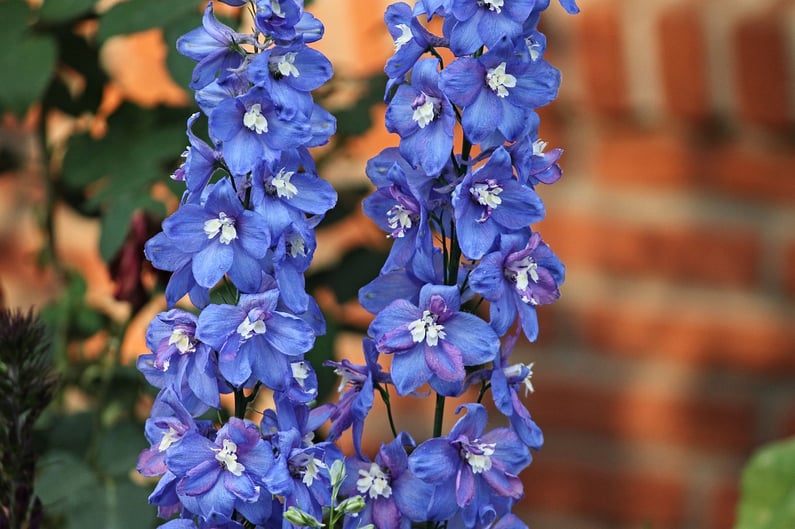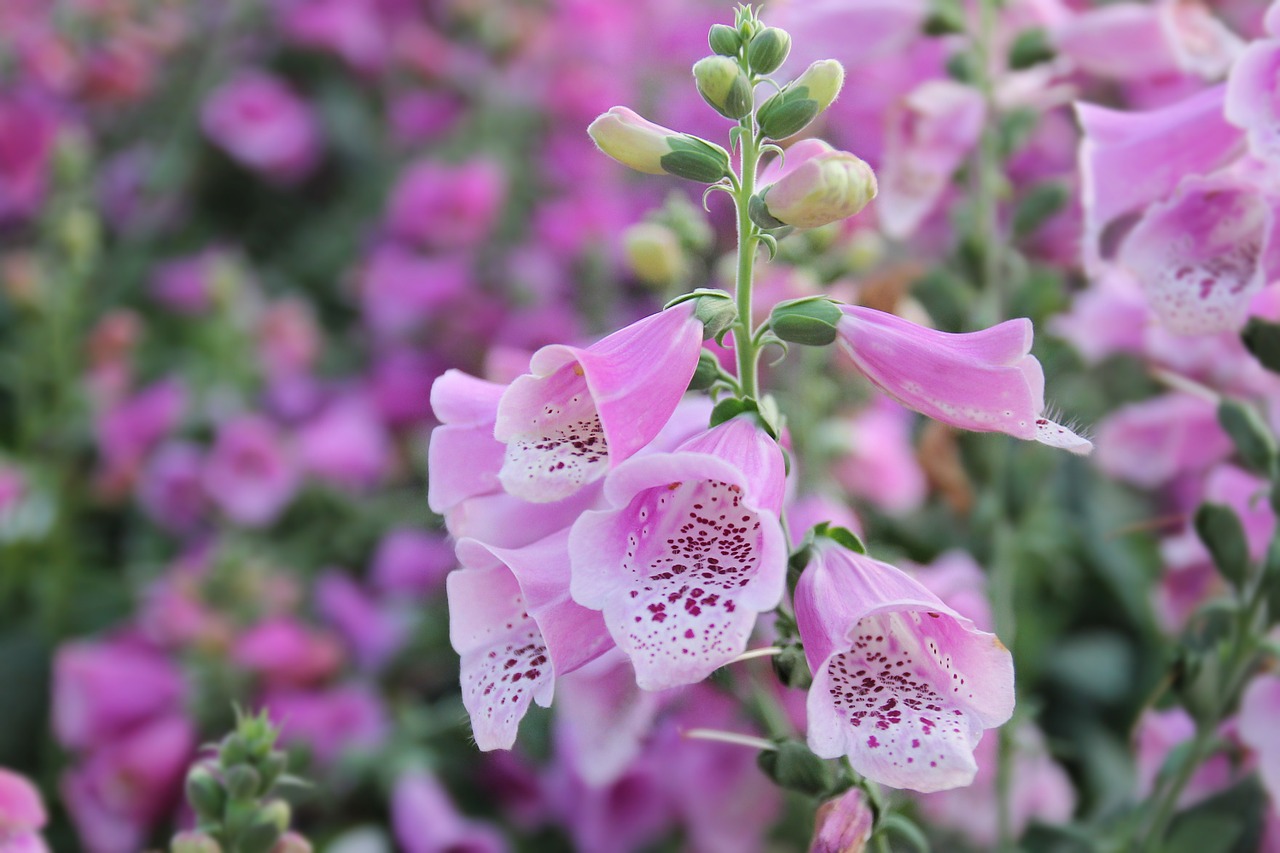As the name suggests, biennials are plants that take at least two years to go through their entire lifecycle. With multicolor bloom phases and interesting shapes, these plants make an ideal addition to any yard. Some of the best biennials in Massachusetts are hardy, growing best when they can set roots early in more mild fall or winter seasons.
Below are some of our favorite biennials suitable for the New England climate. Remember that some plants classified as biennials can last longer than two years.

Top Biennials for Growing in East Massachusetts
- Hollyhocks (Alcea) - An elegant flower with beautiful vertical blooms, hollyhocks tolerate cool weather and dry soil well. They are planted in fall or spring and come in several varieties and colors depending on your preferences, some growing 5 to 6’ tall.
- Foxglove - (Digitalis) - These tall plants are known for their long, tube-like flowers of white, pink, purple, and red. Certain species of foxglove can live for a long time, depending on where they are grown.
- Sweet William - (Dianthus barbatus) - This stocky biennial gives your garden a very classic-looking flower, typically of white, pink, and red. It’s often treated as an annual or perennial and is known for attracting hummingbirds despite being a non-native plant. It blooms from spring until the first frost of the year, but can be planted in the fall for bloom the following year.
- Delphinium - Delphinium forms lovely, tall branches of flowers in shades of blue, white, and purple, giving them a very distinct look in your yard. However, they are also poisonous to dogs, cats, and horses, so try to grow them in areas away from where your pets stay.
As noted, some last longer than two years, and others can be grown as perennials depending on their climate.

Preparing to Grow Biennials
You’ll first want to test your soil to see what kind of flowers and shrubs will grow best in your yard. You can mail in a soil sample to the University of Massachusetts for analysis, or purchase your own test from a local gardening store.
Once you understand your soil profile, think about the layout of your yard and what you currently have growing there. Consider areas that could use a specific color or already have a visual theme. Biennials are some of the best plants to have for adding color to your yard, but remember that some may not fully flower until their second year of life, so you’ll want to plan accordingly.
After you have an idea of which plants you want and how you’d like them arranged, the final step is to order seeds. Make sure to use a reputable provider that offers healthy seeds grown using organic methods, free from pesticides and herbicides that may affect a plant’s regular lifecycle.

Caring for biennials
Most biennials are relatively hardy and will survive in moderate conditions, even if your soil gets dry. If you’re interested in learning more about which biennials may be best for your yard or how to arrange flowers for optimum interest throughout the year, get in touch with us for a free consultation.

Moodscapes LLC is an organic landscape design and service company with a focus on helping you extend your life outdoors to enjoy activities on your own, as a family and with friends. We create opportunities for you to commune with and find joy and peace in nature and to live in an ecologically friendly and healthy environment. Please explore our landscape services and the portfolio that demonstrates many examples of our work.





